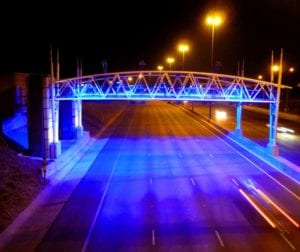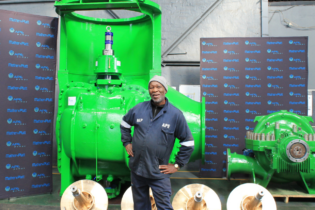South Africa cannot put all its road funding eggs in one basket. This is according to Mike Schüssler, an economist at economists.co.za.
During a recent presentation at the Transport Forum, Schüssler explained that South Africa is an atypical country economically; a comparatively poor country but with the 8th largest pension fund assets in the world and higher personal car ownership as a percentage of the population than most emerging markets, including China. To contextualise the road funding conundrum, he explained that in 2010 South Africa had 8.8 million registered vehicles on eNaTIS. This number has increased 29% to around 11.3 million vehicles today. And by 2022, he estimates eNaTIS will have around 45% more registered cars nationally to manage than it did in 2010. With this increase in vehicles on the roads, the need for world class road infrastructure for the country and particularly Gauteng, becomes even more pressing. Schussler also said that the use of the fuel levy alone to fund roads is not a viable solution to South Africa’s needs.We are a road using country – roads are the lifeblood of our economy
He said the country’s total road surface of 475 000km had not increased much, while some roads are no longer drivable. Yet, around 80% of all South Africa’s land transport is performed by road, up from 73% in June 2009. Conversely, rail freight volumes have gone “nowhere”, with only the Richards Bay coal line and the Saldanha iron ore line moving significant heavy volumes regularly.R138 billion is needed annually to fund road maintenance
And a further R28 billion to expand our road network to meet the needs of the economy. South Africa’s total road network replacement cost is estimated at R2.75 trillion in today’s money. The average road needs to be replaced every 20 years. If we replace the roads linearly over 20 years, we would have to pay R137.5 billion, per year, for the next 20 years,” he calculates. “In addition, to grow the road network just 1% a year would require about R27,5 billion”. This means that total road funding required from motorists, without any leakage from collection, would be R165 billion. (It also implies that this funding is not shared with other imperatives like housing, as is currently the case with fuel tax) The R165 billion is however only for roads and not for public transport.In total Road users may have to fund another R19 to R21 billion a year for the public transport component. This increases the total costs that road users would have to finance to approximately R186 billion. Schüssler said South Africa generally builds cheaper roads than Northern hemisphere countries.However, constructed with less bitumen, our roads have higher maintenance requirements. The average lifespan of local roads is about 20 years, which could be extended with good maintenance and resurfacing regimes.
Schüssler is of the view South Africa has a good road building industry however road capacity is diminishing quickly due to funding pressures. Local government is also under pressure; Schüssler believes they are R13 billion short on operational budget. “So they have to “steal” from the capital budget,” he said.







